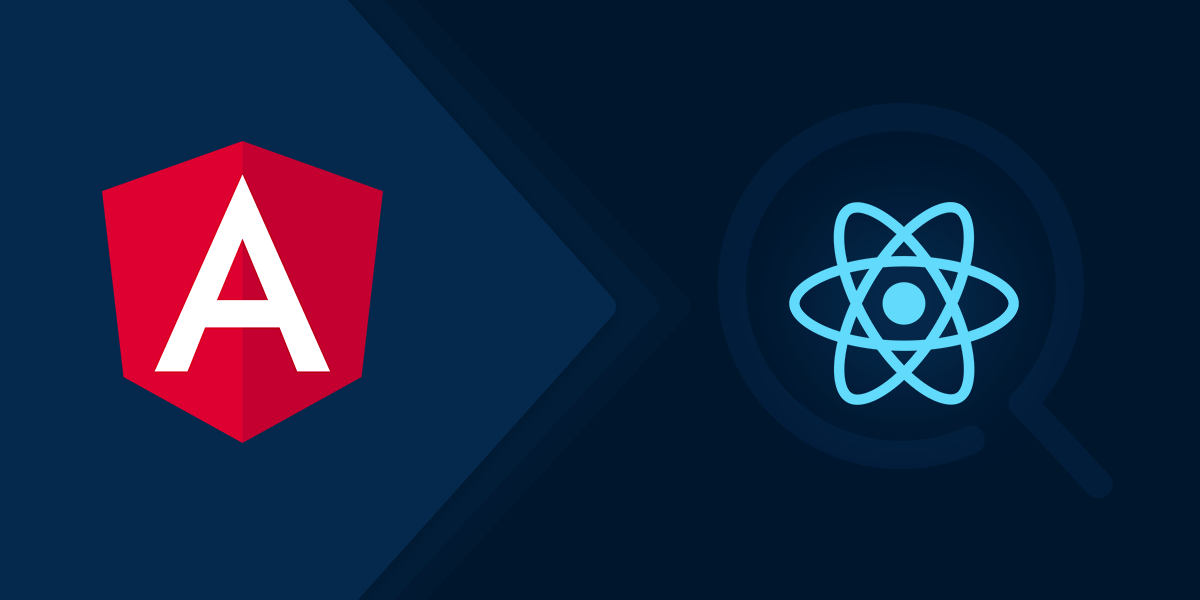Angular Vs React
 Navnit Raj
Navnit Raj
Both Angular and React are popular front-end development frameworks, and each has its own strengths and weaknesses. The choice between Angular and React often depends on the specific requirements of a project, team expertise, and personal preference. Here are some reasons why one might choose Angular over React:
Full-Featured Framework: Angular is a full-fledged MVC (Model-View-Controller) framework provided by Google. This means that it comes with a lot of built-in features out of the box, such as routing, form validation, dependency injection, and more. In contrast, React is just a library for building UI components, so you often have to integrate it with other libraries or tools to get similar features.
TypeScript Support: Angular is built with TypeScript, a superset of JavaScript that adds static typing. TypeScript can help catch errors early in the development process, improve code readability, and make refactoring easier. While React can also be used with TypeScript, Angular's integration is more seamless since it was designed with TypeScript in mind.
Two-Way Data Binding: Angular offers two-way data binding out of the box, which means that changes in the UI automatically reflect in the underlying data model and vice versa. This can simplify state management and make it easier to develop interactive applications. While two-way data binding can also be achieved in React using additional libraries like Redux or MobX, it requires more setup and boilerplate code.
Built-in Dependency Injection: Angular provides built-in support for dependency injection, which helps manage dependencies between different parts of an application. This can make the codebase more modular, maintainable, and testable. In React, dependency injection can be achieved using libraries like InversifyJS or manually, but it's not built-in like in Angular.
Official CLI and Tooling: Angular provides an official Command Line Interface (CLI) that simplifies the process of creating, building, testing, and deploying applications. The Angular CLI comes with built-in generators, code scaffolding, and other tools that can streamline development workflows. While React has various community-driven tools and libraries (e.g., Create React App), Angular's official tooling can be more cohesive and integrated.
Strong Community and Corporate Support: Angular is backed by Google, which provides strong corporate support, regular updates, and extensive documentation. This can give developers more confidence in the framework's longevity and stability. While React also has a large community and is backed by Facebook, some developers prefer the more structured and opinionated approach of Angular.
In summary, Angular might be a better choice for projects that require a full-featured framework, built-in tools, strong TypeScript support, and comprehensive documentation. However, it's essential to evaluate the specific needs of your project and consider factors like team expertise, scalability, performance, and long-term maintenance when choosing between Angular and React.
Subscribe to my newsletter
Read articles from Navnit Raj directly inside your inbox. Subscribe to the newsletter, and don't miss out.
Written by
